Navigating the world of parenting can be an intimidating process, especially for those who are new to it. When it comes to bringing a child into your home, there’s nothing more important than safety. Every parent wants their little one to have the happiest and safest environment possible – creating a ‘haven’ in your nursery is essential in ensuring this! In this blog post, we will outline everything you need to know about baby proofing and general nursery safety tips for new parents. Read on for all the details – your little bundle of joy thank you for it!
Reader's Roadmap
Toy Selection
When it comes to your child’s playtime, not all toys are made equal. Selecting age-appropriate toys is crucial for your little one’s safety and development. Toy labels often provide age recommendations to guide you, but it’s also essential to consider your child’s skill level and maturity. Most parents opt for safe wooden toys and natural materials that are free of toxins while avoiding toys with small parts as well as those made with BPA plastics. Additionally, making sure toys are regularly cleaned and kept in working order is a must.
Baby-Proofing Basics
When it comes to baby-proofing, it’s crucial to think like a baby. Get down on your hands and knees, and view your nursery from your baby’s perspective. This fresh point of view will help you identify potential risks you may overlook from your adult viewpoint. Start with large furniture such as dressers and bookshelves; ensure they’re securely anchored to the wall to prevent tipping.
Regularly check the crib for loose screws, splinters, or any other potential hazards. The distance between crib slats shouldn’t be greater than 2 3/8 inches to prevent the baby’s head from falling through. Also, keep the crib free of pillows, blankets, and stuffed animals to avoid suffocation risks.
Blind cords should be kept out of reach to avoid strangulation hazards, and electrical outlets should be covered with childproof covers. Remember, the key to baby-proofing is diligent observation and anticipating what a curious baby might do. It’s an ongoing process that changes as your child grows and starts to explore their world.
Safe Sleep Practices
A baby’s sleep environment is not just about comfort, but safety as well. To reduce the risk of Sudden Infant Death Syndrome (SIDS) and other sleep-related causes of infant death, the American Academy of Pediatrics recommends a safe sleep environment that can reduce the risk of all sleep-related infant deaths.
Start with a firm and flat sleep surface, such as a mattress in a safety-approved crib, covered by a fitted sheet with no other bedding or soft items in the area. This means no pillows, blankets, or plush toys. The crib should be devoid of bumpers, and it is critical to ensure the baby’s sleeping area is always near, yet separate from where you and others sleep.
Babies should be placed on their backs to sleep, a position proven to reduce the risk of SIDS. Dress your baby in sleep clothing, such as a wearable blanket, and try to keep the room at a comfortable temperature.
Remember, while it might seem like there’s a lot to consider, these steps are all designed to keep your baby as safe as possible. As parents, that’s our number one goal. Having peace of mind that your little one is sleeping safely will make your sleep much more restful too!
Crib Safety Guidelines
When choosing a crib for your precious little one, it’s paramount to ensure it meets the current safety standards. An integral part of this is ensuring that the crib is certified by the Consumer Product Safety Commission (CPSC), which sets the safety standards for baby cribs.
The crib should be robust and stable with no missing or broken hardware. Ensure the mattress fits snugly within the crib — there should be no space greater than the width of two fingers between the edge of the mattress and the crib frame. This helps prevent your baby from slipping into a gap.
The corner posts of the crib should be flush with the end panels, or they should be very, very tall (such as posts on a canopy bed). This way, clothing cannot catch on them. Also, to prevent injuries from falls, adjust the crib mattress to the right height. As your child grows and begins to sit and stand, lower the mattress. By the time your baby can pull to a stand, the mattress should be set at its lowest height.
Eliminating Suffocation Risks
Keeping your nursery free from loose bedding and toys is crucial in eliminating suffocation risks. Blankets, pillows, and stuffed animals may seem harmless, but they could pose a significant danger to a baby who can’t yet control their head and neck movements. According to the American Academy of Pediatrics, a bare crib is the safest crib. This means keeping your baby’s crib free of items such as comforters, quilts, soft toys, pillow-like stuffed animals, and decorative pillows.
To keep your baby warm, it’s best to use a wearable blanket or a sleep sack instead of loose blankets. These items are designed to stay put, eliminating the risk of them covering your baby’s face. While it may be tempting to fill your baby’s crib with cuddly toys, it’s safest to keep them out until your child is a bit older.
It’s also essential to check regularly for small or broken toys, or parts of toys, that may have found their way into the crib. Babies are naturally curious and will often put anything they find into their mouths, which can be a choking hazard. A clear crib is a safe crib, so save the soft toys and loose blankets for when your child is older and can safely enjoy them.
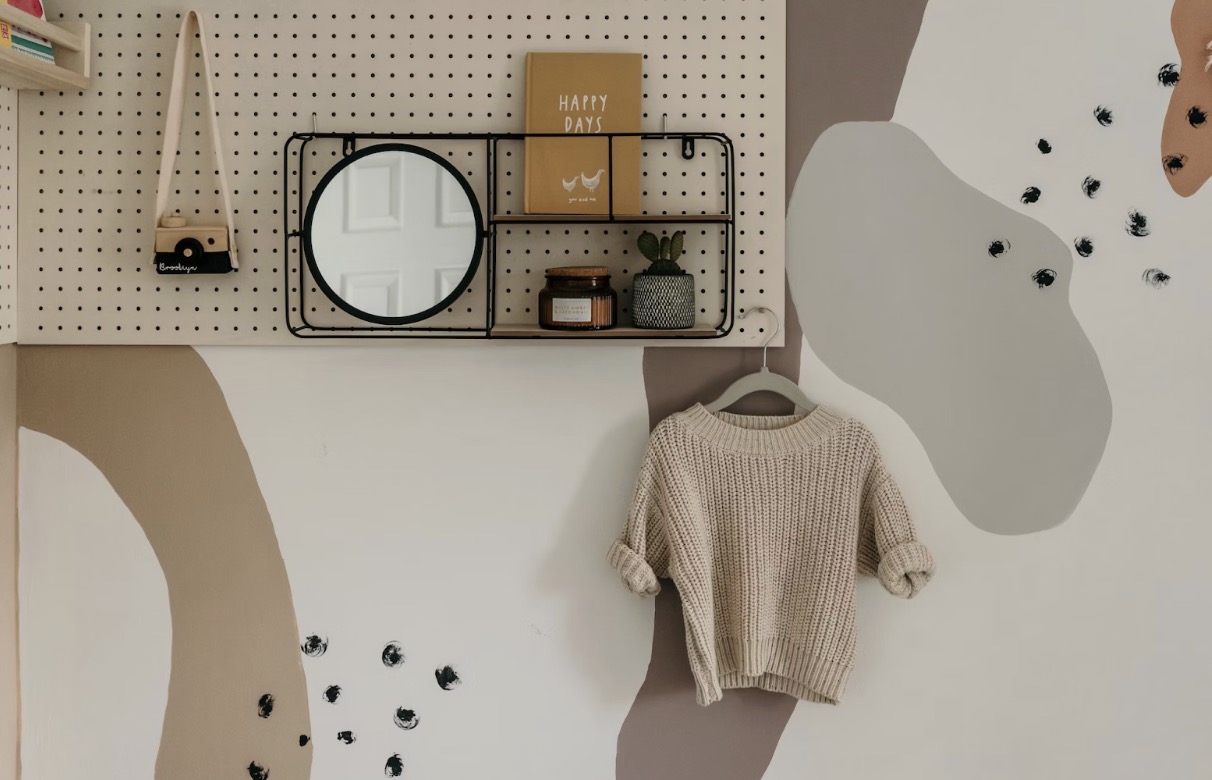
Furniture and Anchoring
As your child begins to explore, the danger of furniture tipping over increases. Unsecured furniture poses a significant risk, but luckily, this risk can be mitigated using furniture anchors. These devices are designed to secure furniture to the wall, making it less likely to tip over if a child attempts to climb on it.
Start by identifying furniture that may pose a tip-over risk – typically any piece of furniture over 30 inches tall or that is top-heavy. This includes bookshelves, dressers, and televisions. Once you’ve identified the risky furniture, purchase a set of furniture anchors. These can be found in most home improvement stores or baby specialty stores.
Installation of the furniture anchors is usually straightforward. Typically, one end of the anchor is attached to a stud in the wall and the other end is secured to the back of the furniture. This helps keep it in place, even if a child tries to climb or pull on it.
In conclusion, keeping your nursery safe is an important part of parenting. Taking the time to implement these safety measures will ensure your little one stays safe and you have peace of mind. Remember, when it comes to baby-proofing, prevention is key! Always be observant and anticipate potential hazards before they occur. With these tips, you can rest assured that your baby’s nursery is a safe haven for your little one.

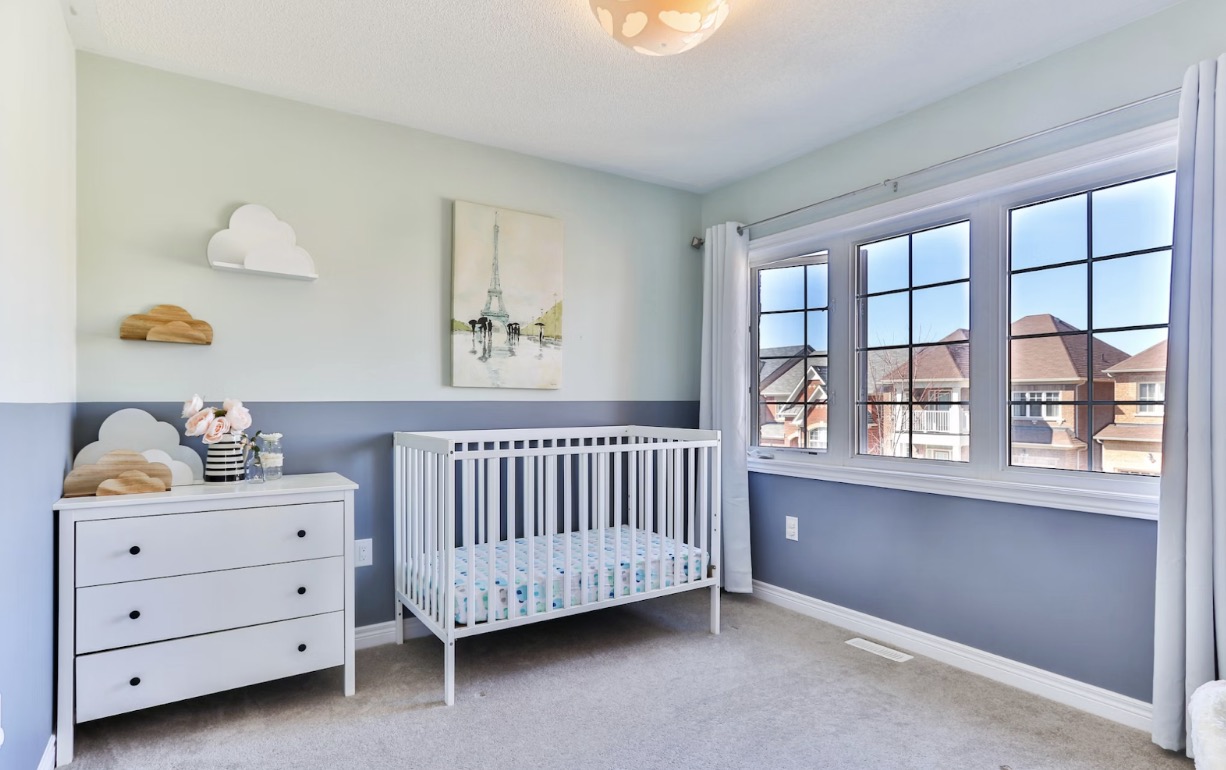
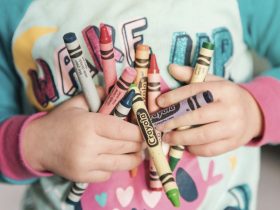
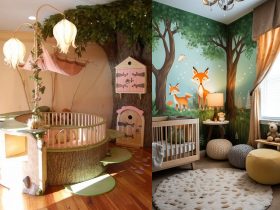
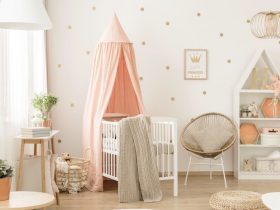
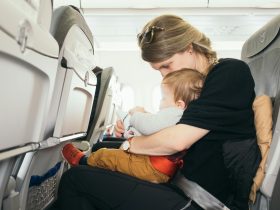

Leave a Reply
View Comments